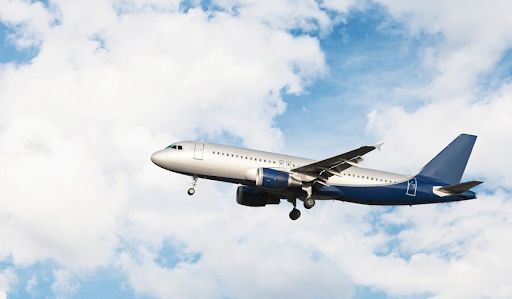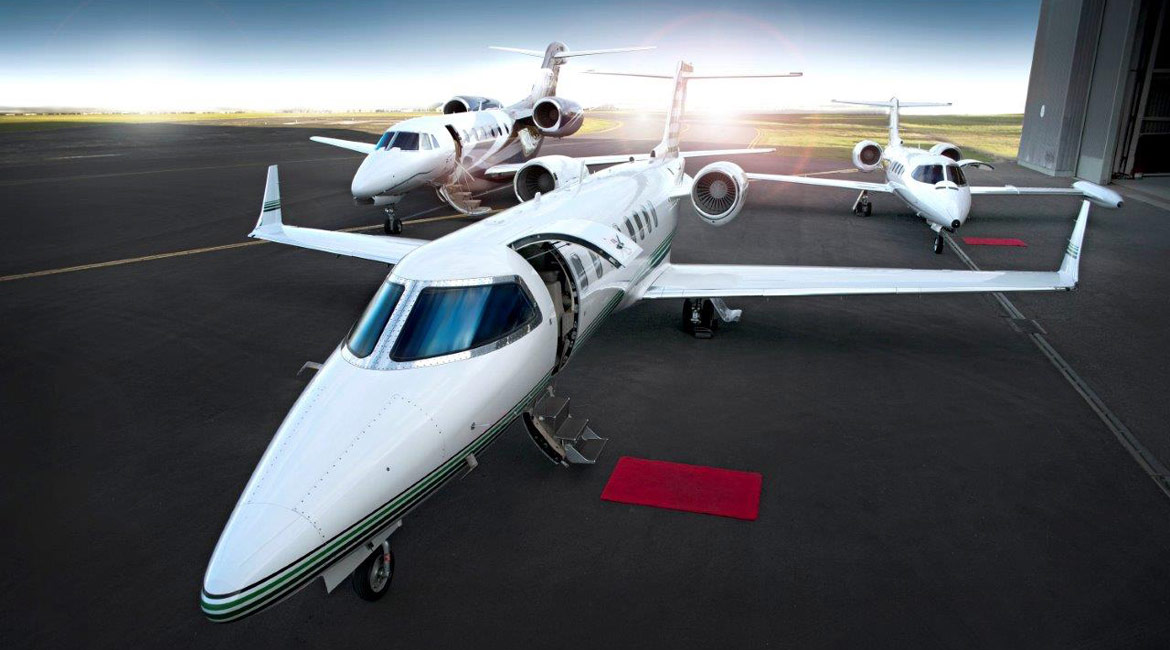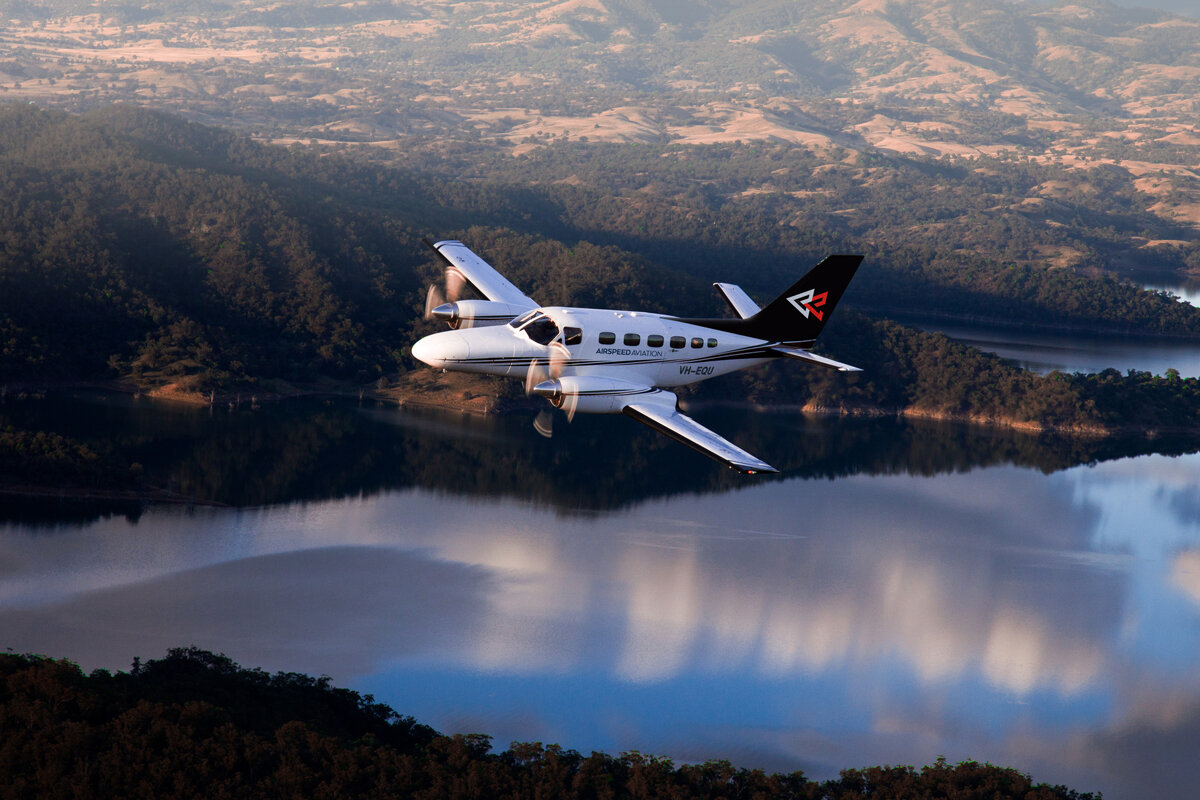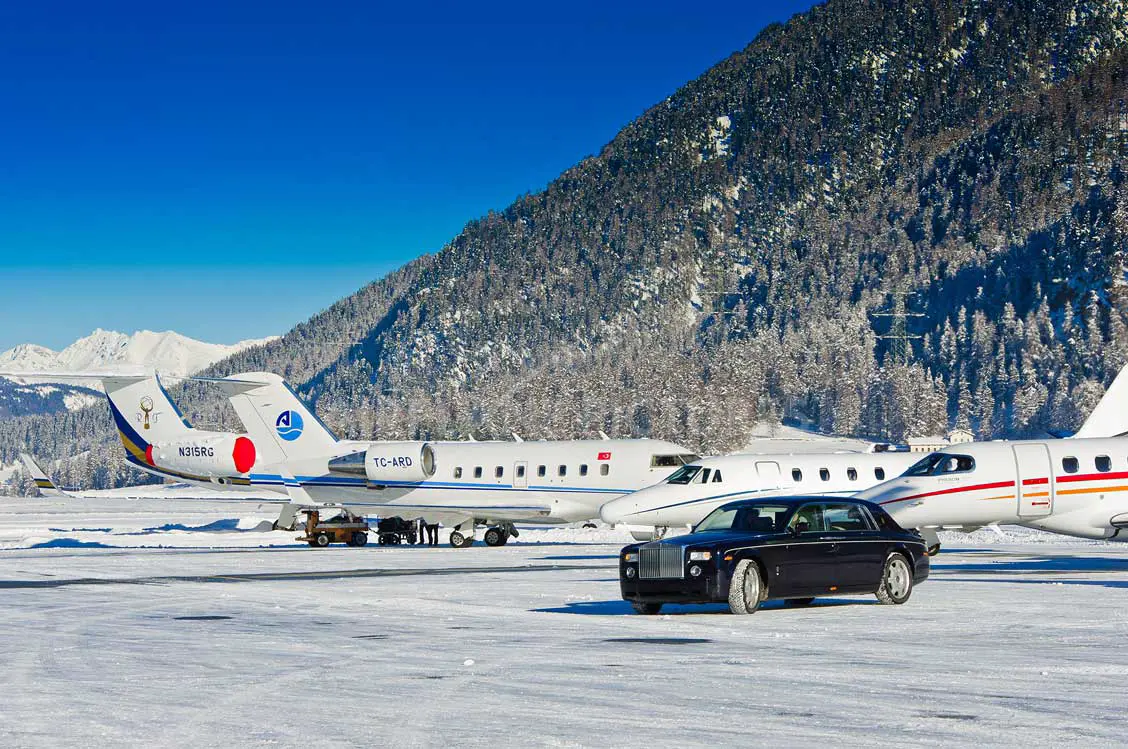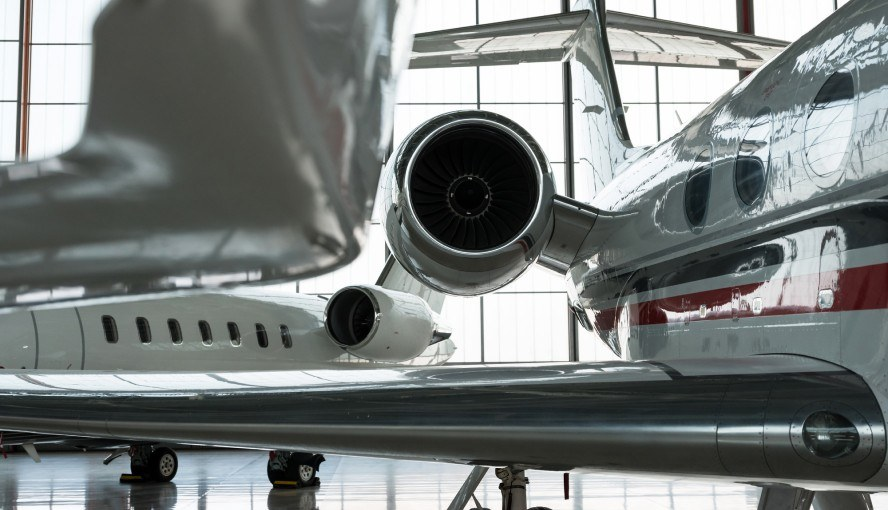Electric Aircraft Market Outlook: Sydney's Air Mobility Future
The whirring of helicopter blades and the rumble of airplane engines are iconic soundscapes of Sydney's bustling airspace. But a new era of urban air mobility is on the horizon, one powered by electric innovation. Electric aircraft, once a futuristic fantasy, are rapidly taking flight, and Sydney is poised to become a leader in this transformative aviation revolution.
Current State of the Electric Aircraft Market in Sydney
The electric aircraft market in Sydney is experiencing exciting growth, fueled by a confluence of factors:
Key Players in Sydney's Electric Aircraft Scene
- Startup Companies: Innovative Sydney-based startups like Archer Aviation and Eviation Aircraft are developing cutting-edge electric vertical takeoff and landing (eVTOL) vehicles.
- Major Aerospace Firms: Established aerospace giants like Boeing and Airbus are also investing heavily in electric aircraft technology, bringing their global expertise to the table.
- Government Support: The Australian government is actively supporting the development and adoption of electric aircraft through research grants and infrastructure initiatives.
Recent Advances in Electric Aircraft Technology
- Battery Technology: Breakthroughs in battery technology are increasing the range and efficiency of electric aircraft, making them a more viable option for urban air travel.
- Energy Efficiency: Electric motors offer superior energy efficiency compared to traditional jet engines, reducing operational costs and environmental impact.
- Safety Features: Safety remains paramount. Electric aircraft are undergoing rigorous testing and development to ensure they meet the highest safety standards.
Benefits of Electric Aircraft for Sydney
Electric aircraft offer a compelling proposition for Sydney, promising a brighter future for both the environment and the local economy:
Environmental Impact of Electric Planes
- Emission Reductions: Electric aircraft produce zero carbon emissions at the point of operation, significantly contributing to cleaner air in Sydney and combating climate change.
- Noise Pollution: Electric motors are significantly quieter than traditional jet engines, reducing noise pollution around Sydney Harbour and inner-city suburbs.
- Urban Air Quality: By eliminating harmful emissions, electric aircraft will play a crucial role in improving Sydney's overall air quality.
Economic Benefits for the Local Economy
- Job Creation: The development, manufacturing, and operation of electric aircraft will create new job opportunities in Sydney's tech and aviation sectors.
- Tourism Boost: Electric air taxis could revolutionize urban travel, offering tourists a faster and more scenic way to explore Sydney's iconic landmarks.
- Infrastructure Development: Investment in charging infrastructure and vertiports (landing pads for eVTOLs) will stimulate Sydney's infrastructure development.
Challenges Facing Electric Aircraft in Sydney
Despite the promising outlook, there are challenges that need to be addressed:
Regulatory Hurdles and Safety Concerns
- Aviation Regulations: Existing aviation regulations may need to be adapted to accommodate the unique characteristics of electric aircraft.
- Safety Certifications: Electric aircraft must undergo rigorous testing and certification processes to ensure the highest safety standards are met.
- Public Acceptance: Building public trust and addressing safety concerns will be crucial for widespread adoption.
Technological and Infrastructure Barriers
- Charging Infrastructure: A robust network of charging stations needs to be established to support widespread electric aircraft adoption.
- Maintenance Facilities: Specialized maintenance facilities and trained personnel are required to service and maintain electric aircraft.
- Range Limitations: Current battery technology limits the range of electric aircraft, although advancements are rapidly being made.
Future Projections for Electric Aircraft in Sydney
Potential Growth Scenarios for Electric Aviation
The electric aircraft market in Sydney is projected to experience significant growth in the coming years, with forecasts suggesting a potential boom in electric air taxi services and short-haul electric flights.
- Market Forecasts: Market analysts predict a surge in electric aircraft adoption within the next decade, with Sydney positioned as a major hub for this technology.
- Adoption Rates: The rate of adoption will depend on overcoming the aforementioned challenges and demonstrating the economic and environmental benefits.
- Technological Breakthroughs: Continued advancements in battery technology, electric motor efficiency, and autonomous flight systems will further accelerate the growth of electric aviation.
The Role of Sydney in Global Electric Aviation
Sydney has the potential to become a global leader in electric aviation by:
- Pilot City for Trials: Sydney can serve as a pilot city for testing and deploying electric aircraft technologies.
- Partnerships: Collaboration between startups, established aerospace firms, government agencies, and universities will be crucial for innovation.
- International Collaborations: Sydney can leverage its position in the Asia-Pacific region to establish international partnerships and knowledge sharing in electric aviation.
Conclusion
The electric aircraft market in Sydney is poised for significant growth, driven by the potential for environmental benefits, economic opportunities, and a more sustainable future for urban air mobility. By addressing the existing challenges and fostering collaboration between various stakeholders, Sydney can solidify its position as a global leader in this transformative aviation revolution.
GoJets, a leading provider of private jet services in Sydney, is committed to supporting the development and adoption of sustainable aviation technologies. We believe that electric aircraft have the potential to revolutionize air travel and create a cleaner, quieter, and more accessible future for everyone.
FAQs About Electric Aircraft Market
What are electric aircraft and how do they work?
Electric
aircraft are powered by electric motors instead of traditional
jet engines. They use rechargeable batteries to store energy, which is then used to power the electric motors and propel the aircraft.
Why is Sydney considered a potential leader in electric aviation?
Sydney has several factors that make it well-suited to be a leader in electric aviation:
- Strong Tech Ecosystem: Sydney boasts a thriving tech ecosystem with a focus on innovation, providing a fertile ground for the development of electric aircraft technologies.
- Government Support: The Australian government is actively supporting the development and adoption of electric aircraft through research grants and infrastructure initiatives.
- Ideal Climate: Sydney's mild climate is well-suited for electric aircraft operations, minimizing range limitations due to weather conditions.
- Forward-Thinking Population: Sydney residents are generally receptive to new technologies and sustainability initiatives, creating a supportive environment for electric aviation adoption.
What are the main advantages of electric aircraft over traditional planes?
Electric aircraft offer several advantages over traditional planes, including:
- Environmental Benefits: Electric aircraft produce zero carbon emissions at the point of operation, significantly contributing to cleaner air and combating climate change.
- Noise Reduction: Electric motors are significantly quieter than traditional jet engines, reducing noise pollution in urban areas.
- Lower Operating Costs: Electric aircraft have lower operating costs due to the reduced need for fuel and maintenance compared to traditional planes.
- Improved Safety: Electric motors have fewer moving parts than jet engines, potentially leading to improved safety and reliability.
How can Sydney overcome the challenges in adopting electric aircraft?
Overcoming the challenges in adopting electric aircraft will require a multi-pronged approach:
- Regulatory Framework: Collaborating with aviation authorities to develop and adapt regulations specifically for electric aircraft.
- Safety Testing and Certification: Rigorous testing and certification processes are crucial to ensure the highest safety standards are met.
- Public Engagement: Building public trust and addressing safety concerns through education and outreach programs.
- Infrastructure Development: Investing in charging infrastructure and vertiports to support the operation of electric aircraft.
- Technological Advancements: Continued research and development in battery technology, electric motor efficiency, and autonomous flight systems will be essential.


